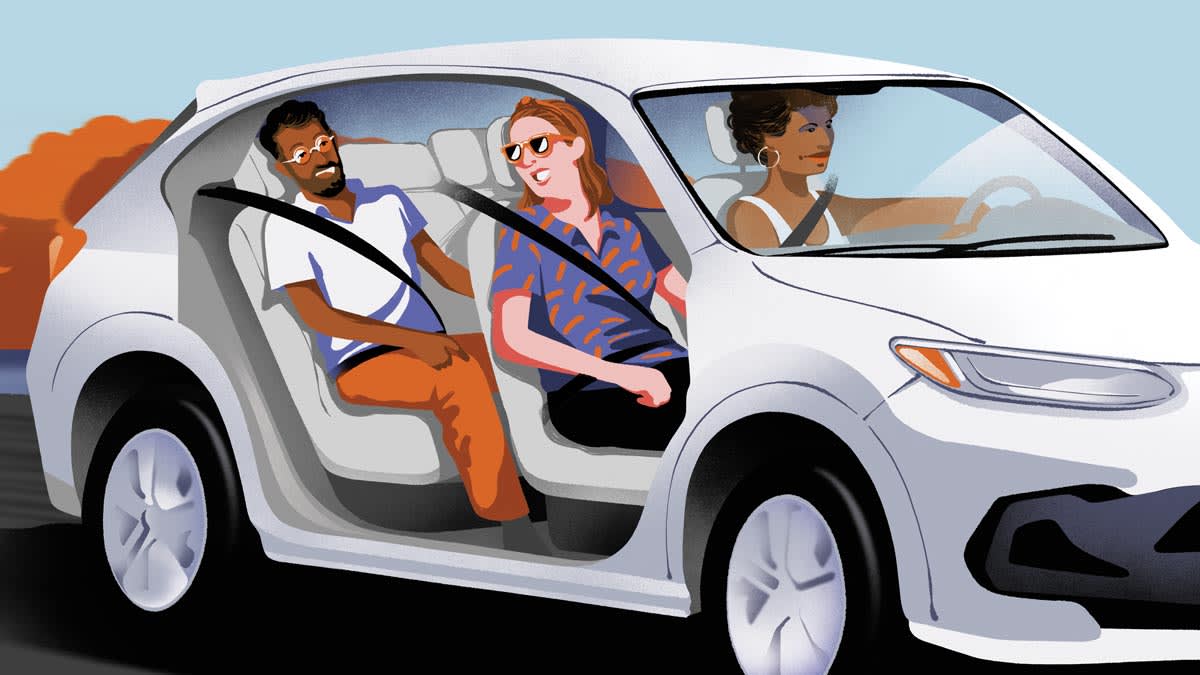
Other considerations include how well the car muffles road and wind noise, how well your body fits in the driver’s seat, and how much effort it takes to get in and out of the car and reach and use the controls. It’s also a mistake to think that comfort is a luxury, something nice to have but not necessary. “Comfort is an important element in driver safety,” says Alex Knizek, CR’s associate director of auto test development. “You can be more attentive to driving if you’re not distracted by a sore back or achy legs. Plus, in a comfortable car, you’ll arrive at your destination more refreshed.”
In CR’s ratings of more than 260 new cars, we created a comfort score* based on our evaluation of six factors: ride, noise, driving position, usability, seat comfort, and access. Ratings for these factors are based on scores from testers of different heights and sizes who drive thousands of miles. (Learn more about how CR tests cars.)
Ride
A car’s suspension should keep passengers from feeling the impact of driving over potholes and should smooth out bumps. The best suspensions keep the vehicle settled, minimizing small and large motions that can quickly tire the driver.
Noise
Whether it’s wind, road, engine, or tire noise, the car should minimize those sounds creeping into the cabin so that front-seat occupants can easily conduct a conversation with people in the back seats. Some noise is fine, even in luxury cars, but the driver should never be annoyed by excessive noise or noise that’s grating or harsh.
Driving Position
An optimal seating position lets drivers easily get comfortable behind the steering wheel so that they can clearly see out the windows and over the hood, access seat belts, and reach the pedals without straining.
Usability
Drivers need to reach the controls and see the displays easily so that they can access them without having to lean forward or lift themselves off the seat. The more you have to struggle to access core controls—such as the climate system, infotainment screen, and turn signal or wiper stalks—the more you’ll be distracted and get fatigued.
Seat Comfort
A good seat will support your body evenly and allow you to relax rather than make you work to support yourself. We’ve found that the best seats have a cushiony outer surface and a firm inner core, and the head restraints are supportive but not intrusive. While the driver’s comfort is of utmost importance, comfortable rear-seat passengers will be less likely to complain or disturb the driver.
Access
Wide door openings and a low, narrow doorsill make entering and exiting a vehicle easier for passengers of most sizes and mobility levels.









